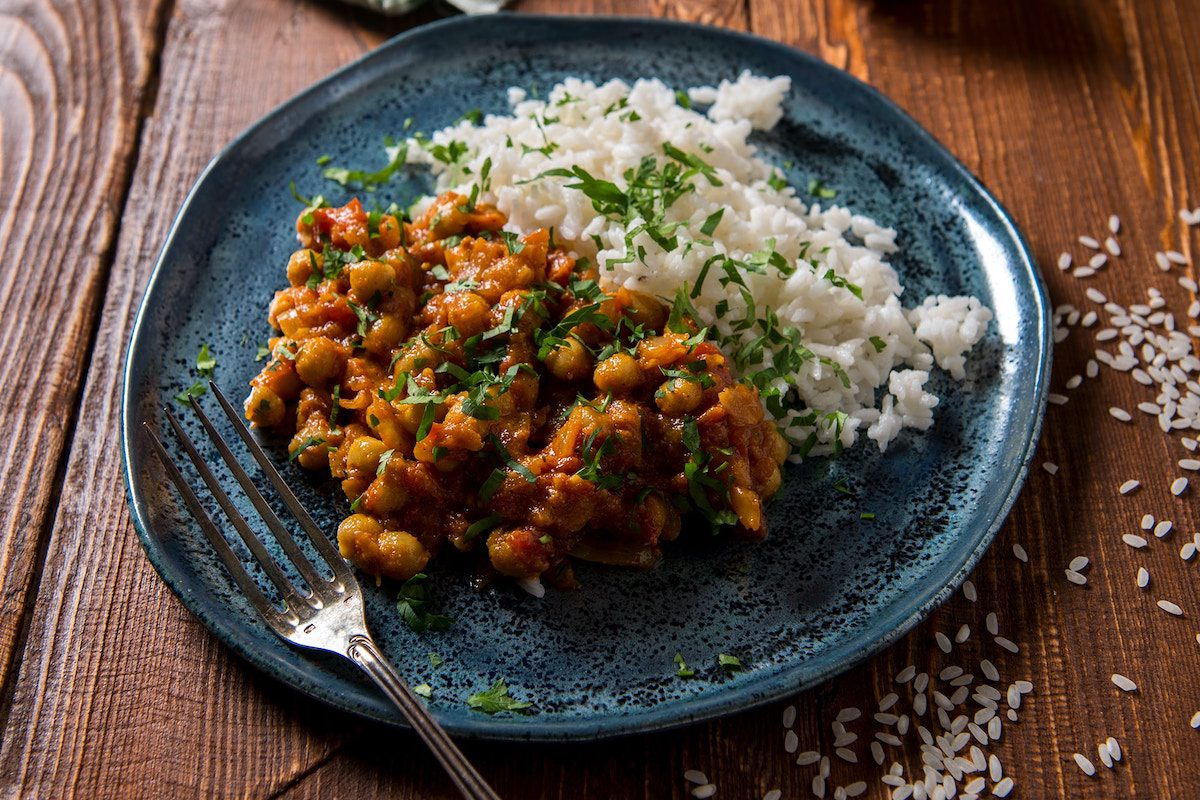I Followed Michael Pollan’s Food Rules For A Month—Here’s How I Felt
Nutrition is complicated, and many people struggle to identify the right diet for them. Words and plans like paleo, keto, Whole30, gluten free, vegan, intermittent fasting, and intuitive eating are all over the place each being touted by their followers as the best way to live a healthy lifestyle. For some, one of these plans (or a combination of multiple) is ideal for maintaining balance and controlling nutrition. However, everyone’s body is different, and specific sets of rules don’t work universally.

While complex and sometimes confusing, most of these diets contain elements of traditional wisdom that suggest we should focus on eating whole, unprocessed foods and controlling our portions. Michael Pollan, author and food writer with over 30 years of experience exploring diet, culture, and nutrition, succinctly addresses this in his incredibly smart and useful book, Food Rules: An Eater’s Manual. This quick read offers 83 “rules” that aren’t actually rules, but rather guidelines for what and how we should eat separated into three sections that summarize his approach to nutrition: “eat food, not too much, mostly plants.”
Eat food
Eat real food rather than, in Pollan’s words, “edible foodlike substances.” This section of the book encourages eating clean, whole ingredients and avoiding ultra processed items with rules such as:
- Don’t eat anything your great grandmother wouldn’t recognize as food
- Avoid food products that contain more than five ingredients
- Avoid food products containing ingredients that a third-grader cannot pronounce
- Eat only foods that will eventually rot
- When you eat real food, you don’t need rules
Not too much
We generally know that it’s important to control our portion sizes, but we may not consider the rituals surrounding food and the importance they play in following a healthy diet. This section challenges assumptions about how we eat our food with rules like these:
- Stop eating before you’re full
- Do all your eating at a table
- If you’re not hungry enough to eat an apple, then you’re probably not hungry
- Eat slowly
- Treat treats as treats
Mostly plants
Whether you follow a vegetarian, vegan, or omnivorous diet, fruits and vegetables will always play a starring role in any healthy diet. Additionally, whole grains and minimally processed ingredients are always preferable to refined sugars, long ingredient statements, and the types of items that you generally find in the middle aisles of the grocery store. Pollan emphasizes this with rules including:
- Treat meat as a flavoring or special occasion food
- Eat well-grown food from healthy soil
- Eat your colors
- Eat all the junk food you want as long as you cook it yourself
- Make water your beverage of choice
How I felt after a month of following Michael Pollan’s “food rules”
Eating according to Michael Pollan’s rules wasn’t that big of a change for me. “Eat food” and “mostly plants” all spelled out principles that I generally follow already. I like to think of myself as a flexitarian, I make it a priority to stick to clean label ingredients as much as possible, and I cook most of my meals for myself. These three habits essentially cover the problem Pollan addresses in these two sections of the book.
For me, the biggest game changer was rethinking how I eat by taking to heart the rules presented under the umbrella of “not too much.” I watch my portions but rarely consider the actual rituals and habits surrounding my meals. Through examining these habits, I adopted three changes over the past month that drastically altered my mindset around food, made me feel great mentally and physically, and made meal times much more enjoyable.
- I stopped eating not when I was full, but when I was no longer hungry. It’s a small distinction but one that Pollan encourages strongly. This generally meant ending my meals several bites earlier than normal. This practice left me feeling lighter after meals and improved my energy exponentially.
- I ate slower and more mindfully. Knowing that I intended to stop eating just a bit sooner than I was used to made me want to savor and think about each bite I took. This made meals more fun and I found myself looking forward to them more.
- I removed TV from my dinner routine. My roommate and I decided on this change together and it was such a game changer. Instead of mindlessly rewatching The Office every night, we put on our record player, ate dinner, and caught up on each other’s days. Dinner was more enjoyable, took longer, and became a much more meaningful part of my day. Additionally, it made watching an episode (or two) of Grey’s Anatomy when I got into bed at the end of the day feel so much more indulgent and relaxing than it normally would if I’d had the TV on for the entire evening. This simple change was the most meaningful shift over the past month, its benefits extended far beyond diet and meal times, and is one that I would encourage everyone to try.












